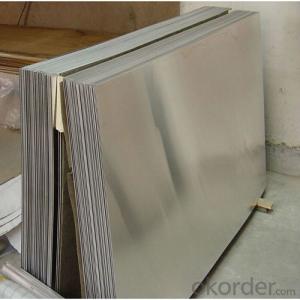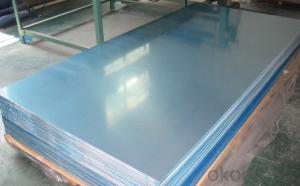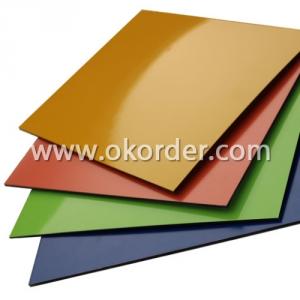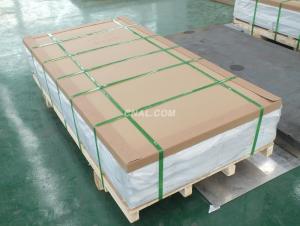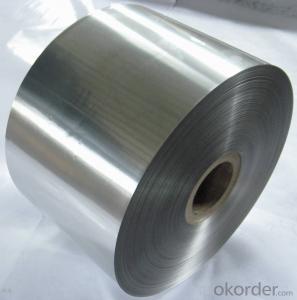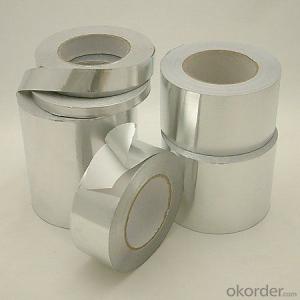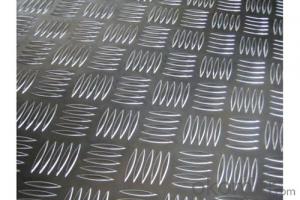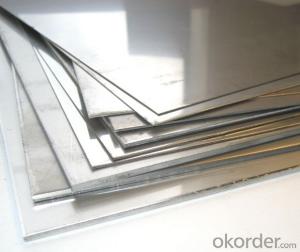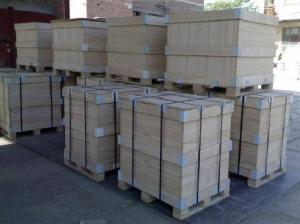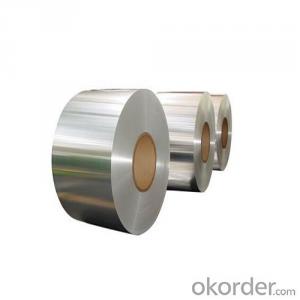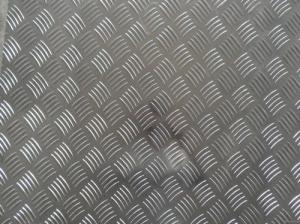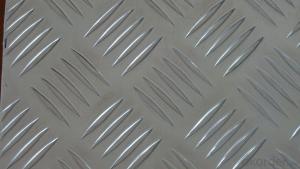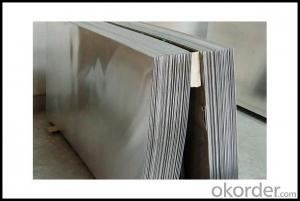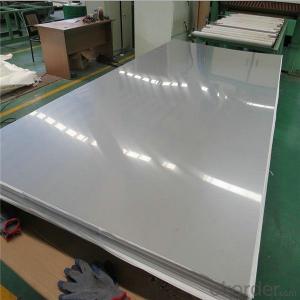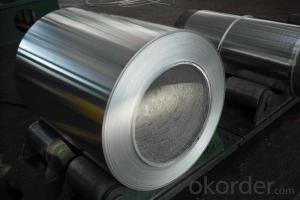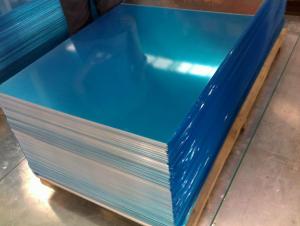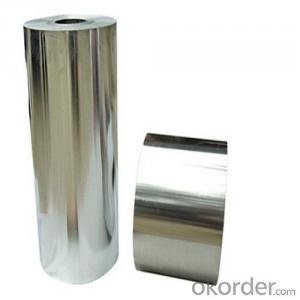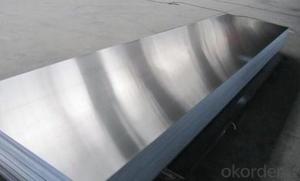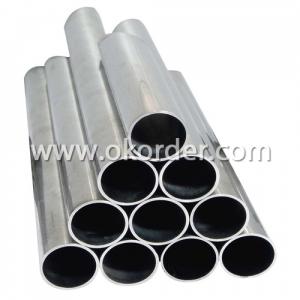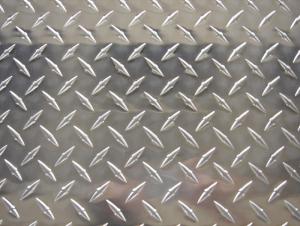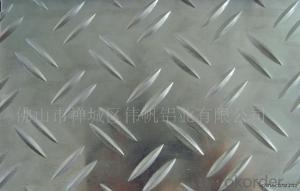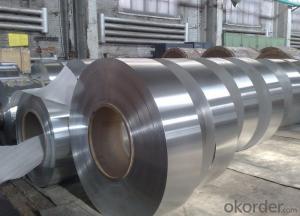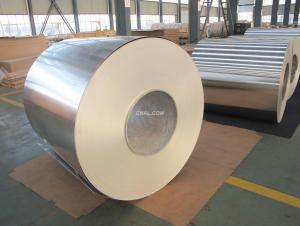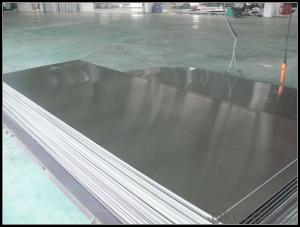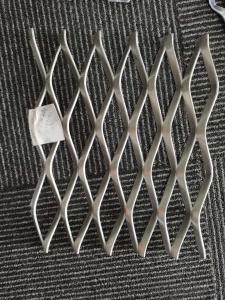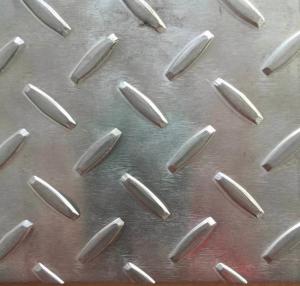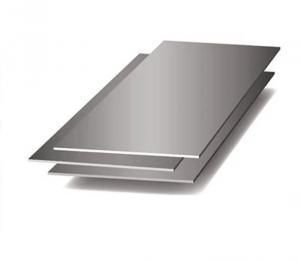3 8 Inch Aluminum Plate
3 8 Inch Aluminum Plate Related Searches
3 8 Inch Thick Aluminum Plate 3 8 Aluminum Plate 3 8 Thick Aluminum Plate 3/8 Inch Aluminum Plate 8 Inch Aluminum Plate 3 8 In Aluminum Plate 1 8 Inch Aluminum Plate 3/8 Thick Aluminum Plate 3/8 Aluminum Plate 3 8 Diamond Plate Aluminum Aluminum Plate 3/8 Thick 3 8 Aluminum Diamond Plate 1 8 Inch Thick Aluminum Plate 1 8 Aluminum Plate 3/8 In Aluminum Plate 3/8 Aluminum Plate 4x8 3 4 Inch Aluminum Plate 1 8 Thick Aluminum Plate 5 8 Aluminum Plate 3 16 Aluminum Plate 4x8 1 8 Inch Diamond Plate Aluminum 1 8 Inch Aluminum Diamond Plate 3 8 Aluminum Plate Weight 1 8 In Aluminum Plate 1/8 Inch Aluminum Plate 3 16 Inch Aluminum Plate Aluminum Plate 1 8 Thick 3/8 Aluminum Diamond Plate 3mm Aluminum Plate 4x8 Aluminum Plate3 8 Inch Aluminum Plate Supplier & Manufacturer from China
The 3/8 Inch Aluminum Plate is a versatile metal product that is widely used in various industries due to its durability and lightweight properties. This specific thickness of aluminum plate offers a balance between strength and flexibility, making it suitable for a range of applications. From construction and transportation to aerospace and consumer goods, the 3/8 Inch Aluminum Plate is a popular choice for projects that require a strong yet lightweight material.The 3/8 Inch Aluminum Plate is commonly used in applications where a combination of strength and light weight is essential. In the construction industry, it is often employed in the manufacturing of structural components, such as beams and panels, due to its ability to withstand heavy loads while remaining lightweight. In transportation, it is used in the production of vehicle parts, such as truck beds and trailer walls, to reduce the overall weight of the vehicle and improve fuel efficiency. Additionally, the 3/8 Inch Aluminum Plate is utilized in the aerospace industry for the production of aircraft components, where weight reduction is critical for performance and fuel consumption.
Okorder.com is a leading wholesale supplier of the 3/8 Inch Aluminum Plate, offering a vast inventory to cater to the needs of various industries. With a commitment to quality and customer satisfaction, Okorder.com ensures that the 3/8 Inch Aluminum Plate is available in large quantities and at competitive prices. This makes it an ideal choice for businesses looking to source this product in bulk for their projects and applications.
Hot Products


